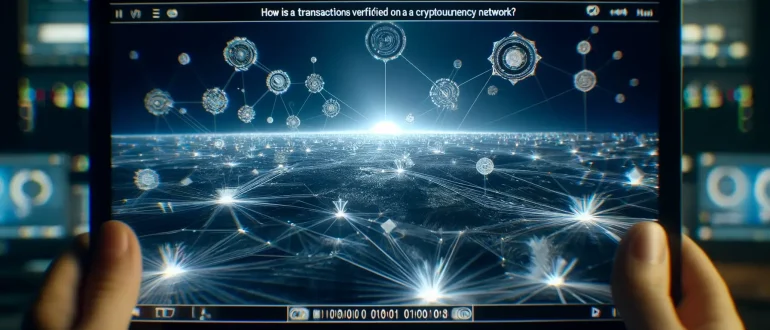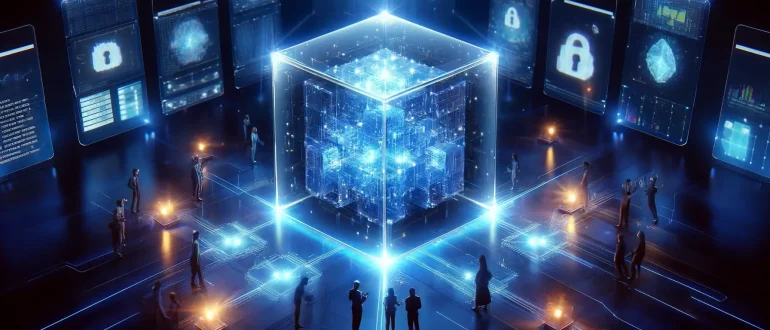Blockchains
Blockchain is a decentralized and distributed digital ledger technology that allows for secure, transparent, and tamper-proof record-keeping for transactions and data exchange. It works through a network of computers (nodes) that all manage and validate the information together, no central authority needed.
Each piece of data, or “block”, contains a collection of transactions or records linked together using cryptographic techniques to form a “chain”.
Blockchain’s main features are immutability, transparency, and security, so it’s great for applications like cryptocurrencies, supply chain management, digital identity verification, and smart contracts.
No trust, no consensus. Boom.
Blockchain infrastructure changes after major updates can profoundly impact how the technology functions. These updates often lead to significant modifications in node configurations, consensus mechanisms, and security protocols.
In a cryptocurrency network, verifying each transaction is critical to ensuring transparency and security. This article demystifies that process by examining the role of digital signatures, how a
When diving into the innovative realm of blockchain, a key question arises: what does the block in the blockchain consist of? A block is not a mere digital
Staying informed about the industry’s top players’ best blockchain apps and platforms is crucial for blockchain technology. These top three blockchain platforms, application developer tools, identity databases, and
ERC-404 introduces semi-fungible tokens to the Ethereum ecosystem, delivering a unique combination of interchangeable and unique asset traits. This guide demystifies ERC404, detailing its function, implications for the





